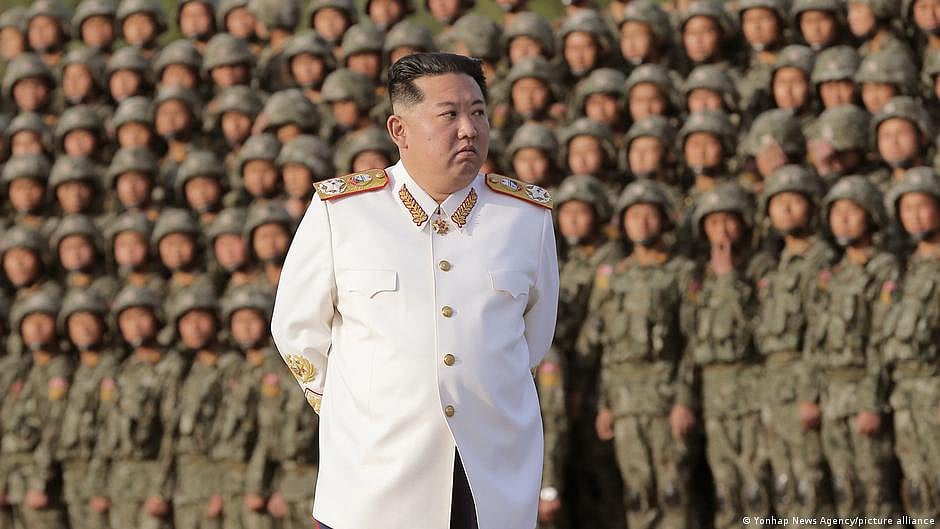North Korea fires cruise missiles for 3rd time this month, South Korea, U.S. analysing launches
North Korean leader Kim Jong Un, following the second launch, reiterated his ambitious goal of developing a nuclear-armed navy

In a continuation of its provocative actions, North Korea has fired multiple cruise missiles into waters off its western coast on 30 January, marking its third launch of such weapons this month. South Korea's military confirmed the missile launches, revealing that the South Korean and U.S. militaries are actively analysing the situation after detecting the launches around 7 a.m.
The Joint Chiefs of Staff in South Korea did not immediately provide detailed information on the number of missiles fired, their range, or the launch platform—whether from land or sea. This incident follows previous missile tests on 24 January and 28 January, during which North Korea claimed to have tested the Pulhwasal-3-31 cruise missile designed for submarine use.
North Korean leader Kim Jong Un, following the second launch, reiterated his ambitious goal of developing a nuclear-armed navy to counter perceived external threats. Questions persist regarding the nature of the water launch on 30 January, with uncertainties regarding whether it was conducted from an actual submarine or an underwater barge.

Tensions on the Korean Peninsula have reached a heightened state, driven by North Korea's accelerated weapons development and nuclear threats against the United States, South Korea, and Japan. Responding to this, the U.S. and its Asian allies have bolstered their combined military exercises, featuring strategic assets like aircraft carriers, long-range bombers, and nuclear-powered submarines.
With growing concerns about a direct North Korean provocation, South Korea has engaged in artillery exchanges near the disputed western sea border. Despite no known casualties or damage in the recent exchange, it has raised alarm given past skirmishes in the region.
In a speech at Pyongyang’s Parliament on January 15, Kim Jong Un declared a shift in North Korea's stance, abandoning the objective of peaceful unification with South Korea. He ordered the rewriting of North Korea's constitution to solidify the South as its most hostile foreign adversary, expressing the country's readiness to use nuclear weapons if provoked.
Experts suggest that North Korea's actions aim to diminish South Korea’s international influence in resolving the nuclear standoff. Additionally, the North seeks direct negotiations with Washington, leveraging its nuclear capabilities to negotiate the lifting of U.S.-led sanctions from a position of strength. As tensions continue to rise, concerns persist over the potential impact on the region's stability and global security.
Follow us on: Facebook, Twitter, Google News, Instagram
Join our official telegram channel (@nationalherald) and stay updated with the latest headlines
